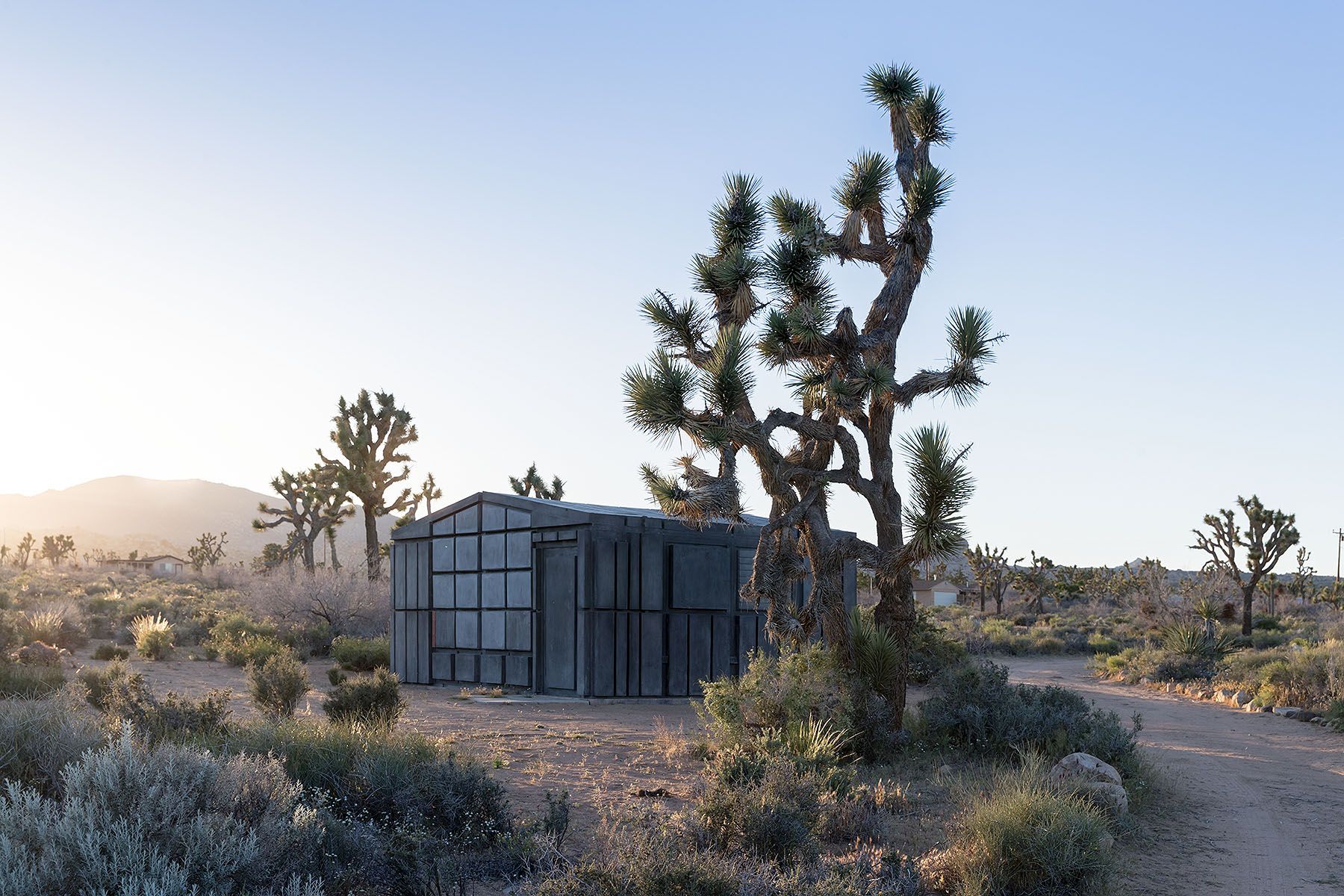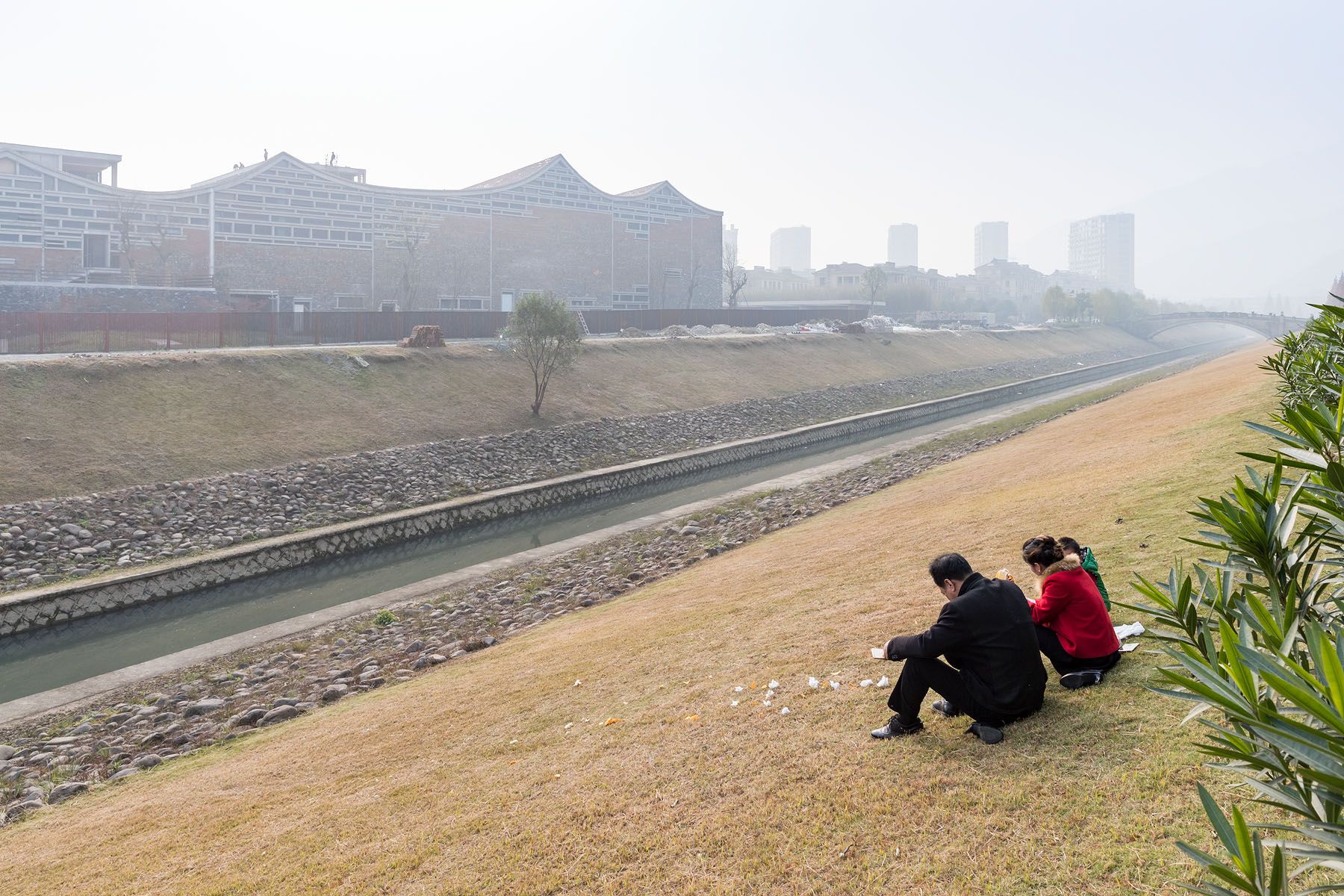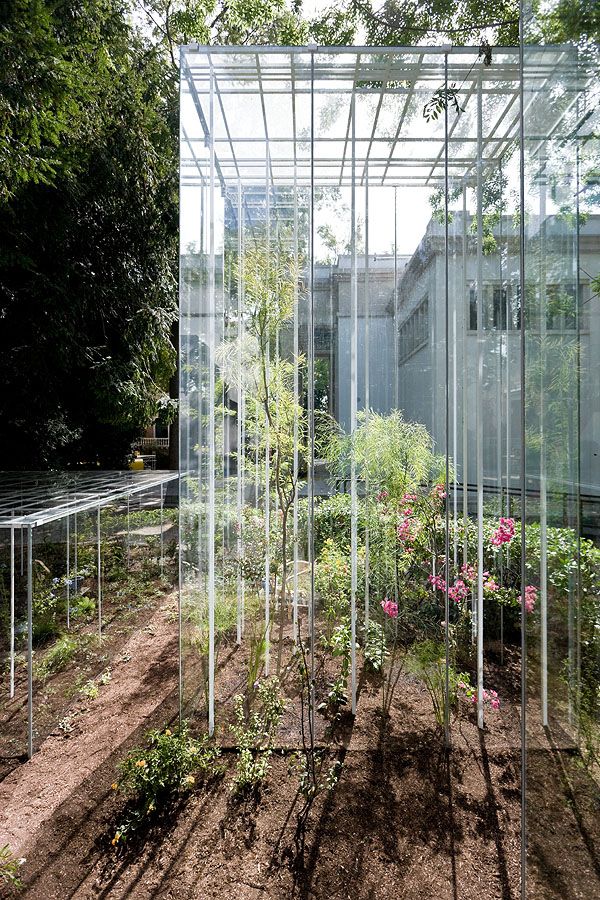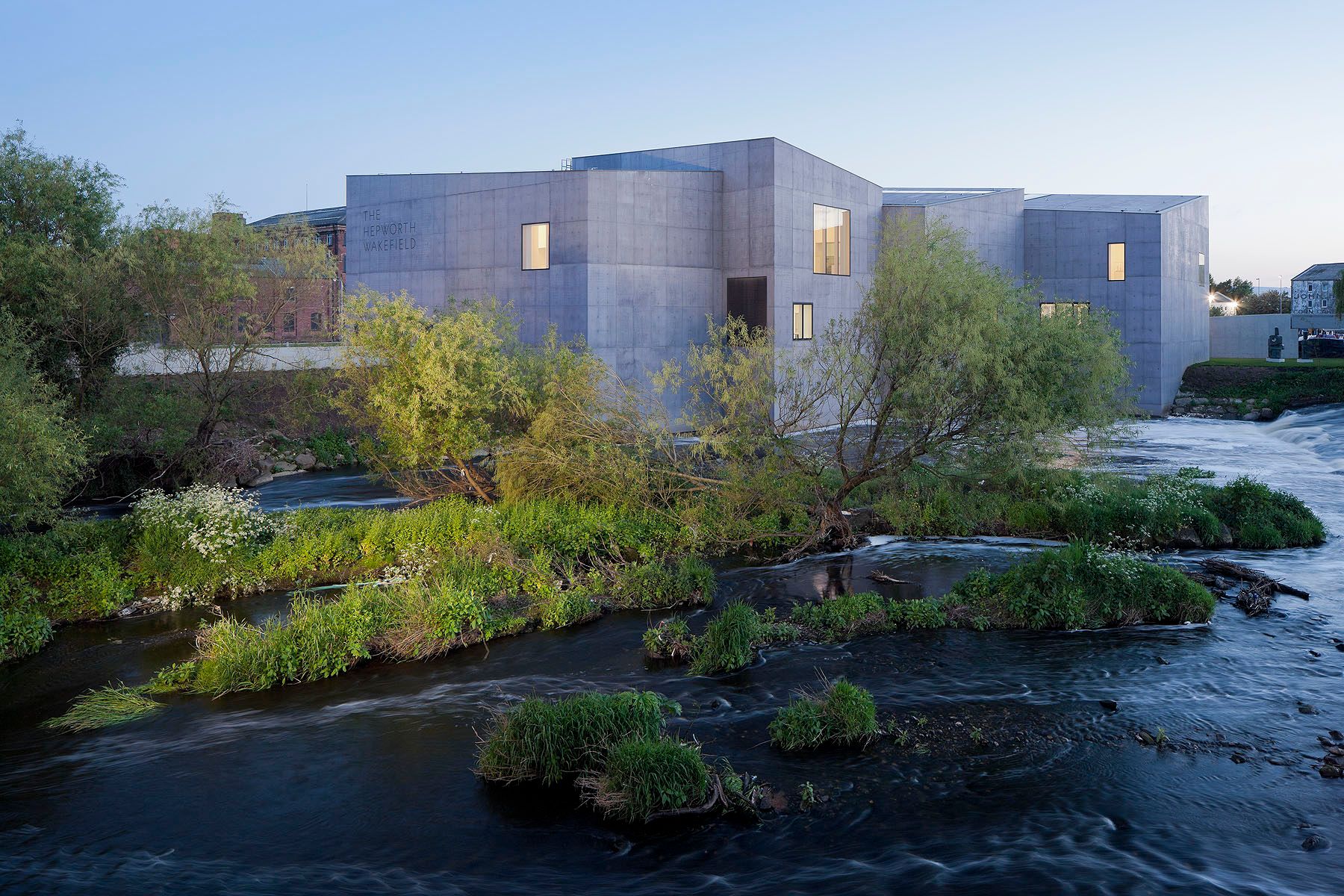Bivouac Fanton – DEMOGO
Perched on a rugged saddle in the remote Marmarole range, the Bivouac Fanton is an architectural outpost in a boundless high-altitude landscape—an encounter between human fragility and the immensity of nature. At 2,667 meters above sea level, the project negotiates extremes: rock, light, snow, wind, and vast distances converge in a setting where architecture becomes both shelter and instrument.
The structure is a deliberate contrast of scale and perception—a minimal, precise volume embedded within infinite space. Internally, it offers a warm wooden core, a soft “belly” that counters the severity of the environment. This core is encased in a layered fiberglass skin that functions as both structure and shell, forming a compact refuge capable of withstanding extreme alpine conditions.
Externally, the bivouac reads as a suspended, angular form—like a body extended toward the void—defining a temporary border in an otherwise limitless landscape. It acts as a lens, framing the surrounding vastness, and creating a space for orientation, reflection, and survival.




